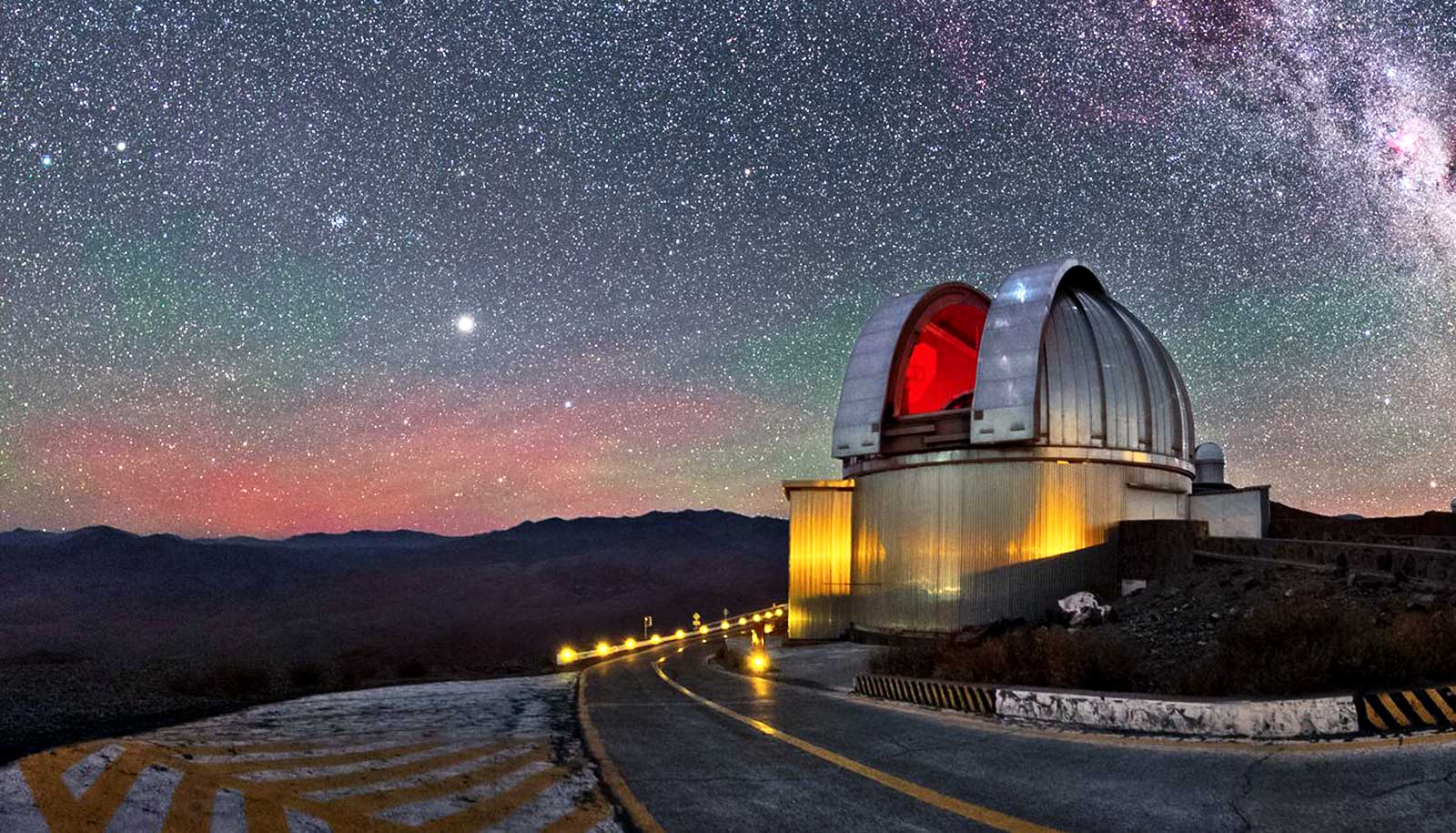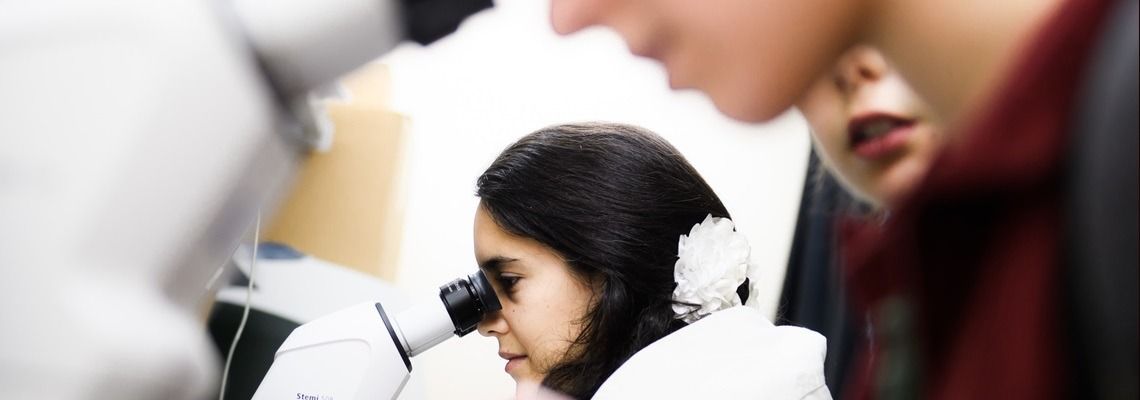Please don’t pay any attention to this posting. It is not for you… *
This graph presents indisputable fact: It compares US dollar growth as reported by the US government and Bitcoin growth (for all time), extrapolated by pure math.
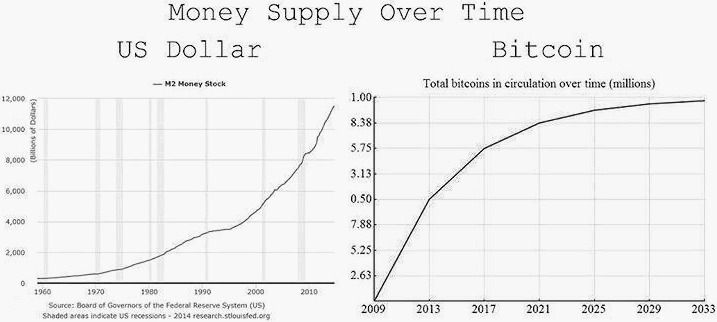 I wish that this would put to bed the fake news, conspiracy theories, and “nothing backs it” nonsense. Unfortunately, seismic shifts in architecture or process take time for society to understand and accept. Early adopters will be the fortunate buckos. Timid or clueless denizens will complain bitterly about the unfair advantage of those who wise up before it hits a 6 figure exchange rate. Eventually, comparisons with legacy currencies will be utterly meaningless. It will become the currency. It will be the gold-pressed latinum of universal recognition and intrinsic value.
I wish that this would put to bed the fake news, conspiracy theories, and “nothing backs it” nonsense. Unfortunately, seismic shifts in architecture or process take time for society to understand and accept. Early adopters will be the fortunate buckos. Timid or clueless denizens will complain bitterly about the unfair advantage of those who wise up before it hits a 6 figure exchange rate. Eventually, comparisons with legacy currencies will be utterly meaningless. It will become the currency. It will be the gold-pressed latinum of universal recognition and intrinsic value.
15 years from now, some will look back on our era and claim that the Winkelvoss twins were lucky. Risk, patience and an understanding of economics is not ‘luck’. They have the gift of prescience.
Bitcoin cannot be manufactured. Despite it being open-source and easily copied, it is very unlikely to be displaced by an altcoin or ICO. The fact that there will never be more than 21 million original bitcoin presents incredible opportunity to the frugal and wise—for a short time.
* Hopefully, few people will heed the siren call. Investing is Bitcoin might be good for you, but it is bad for the community. How so?! The more that individuals or institutions hoard, speculate or invest in Bitcoin—as opposed to driving adoption by actually using it—the longer it will take to gain traction as a functional payment instrument, or as the money itself.
So, this article is not for you. Move along. These aren’t the droids you’re looking for.
Philip Raymond sits on Lifeboat’s New Money Systems board. He co-chairs CRYPSA, hosts the Bitcoin Event, publishes Wild Duck and is keynote speaker at global Cryptocurrency Conferences. Book a presentation or consulting engagement.
Credit: (title & image): Peter Bergstrom
Did you catch the omage to both Star Trek and Star Wars? Look again



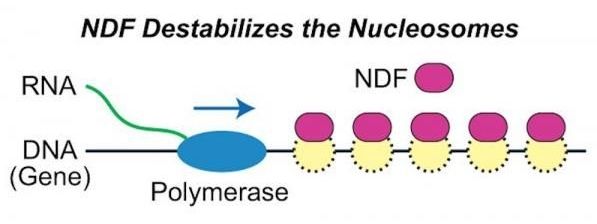
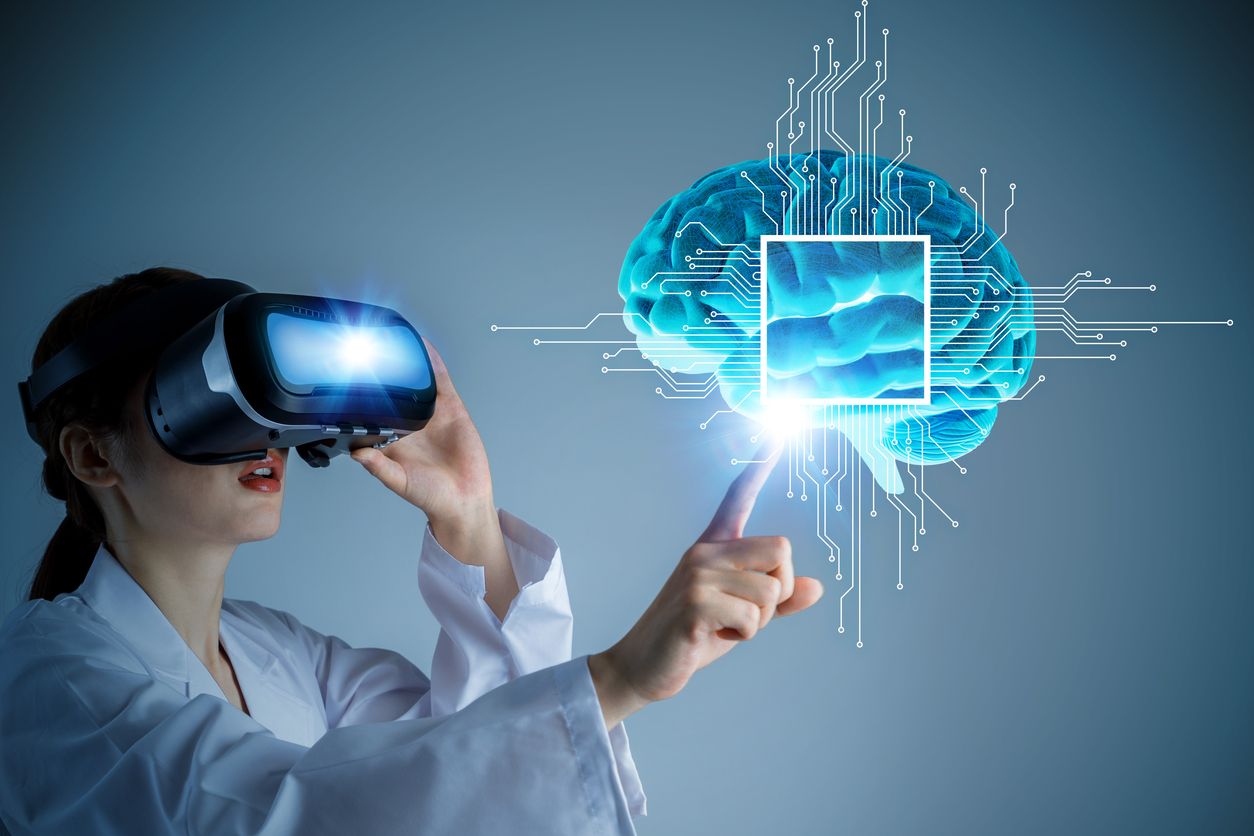
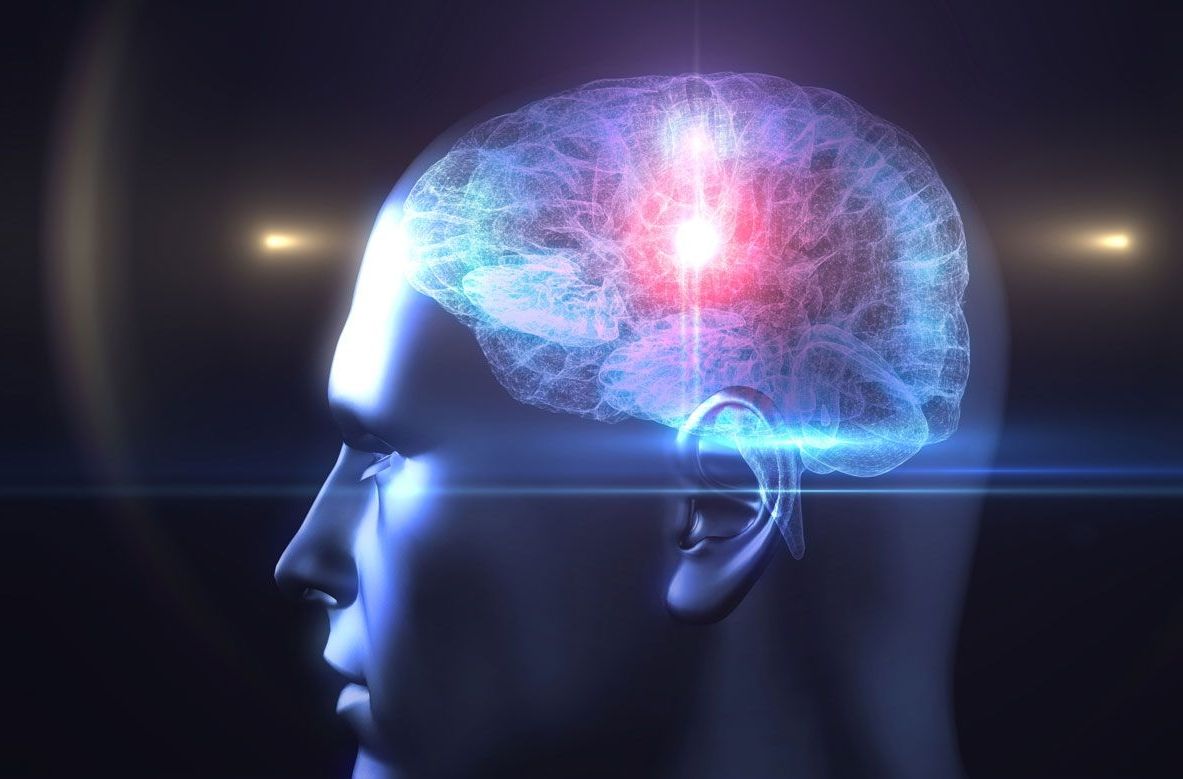
 I wish that this would put to bed the fake news, conspiracy theories, and “nothing backs it” nonsense. Unfortunately, seismic shifts in architecture or process take time for society to understand and accept. Early adopters will be the fortunate buckos. Timid or clueless denizens will complain bitterly about the unfair advantage of those who wise up before it hits a 6 figure exchange rate. Eventually, comparisons with legacy currencies will be utterly meaningless. It will become the currency. It will be the gold-pressed latinum of universal recognition and intrinsic value.
I wish that this would put to bed the fake news, conspiracy theories, and “nothing backs it” nonsense. Unfortunately, seismic shifts in architecture or process take time for society to understand and accept. Early adopters will be the fortunate buckos. Timid or clueless denizens will complain bitterly about the unfair advantage of those who wise up before it hits a 6 figure exchange rate. Eventually, comparisons with legacy currencies will be utterly meaningless. It will become the currency. It will be the gold-pressed latinum of universal recognition and intrinsic value.